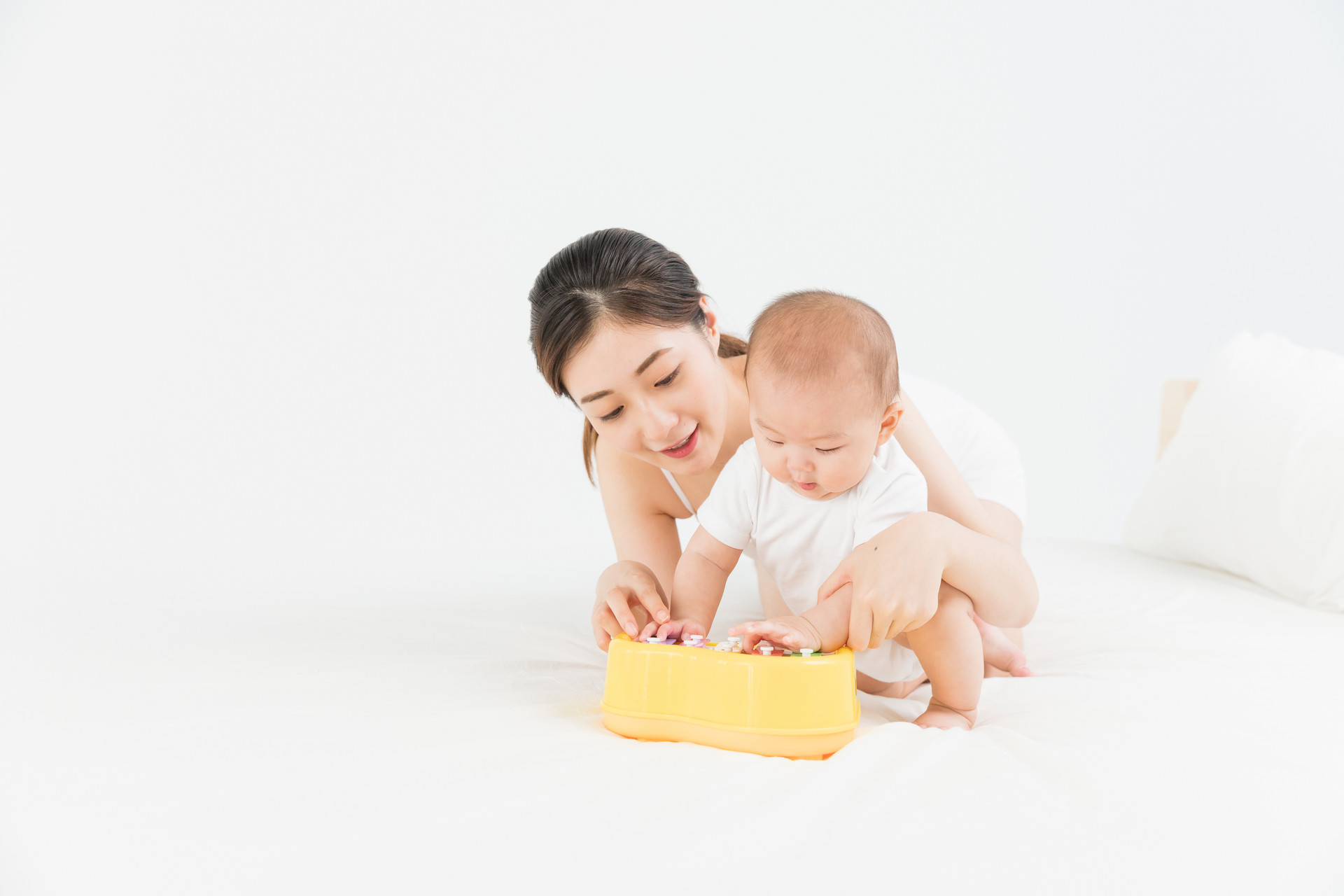Impetigo is a common skin disease, especially in children, particularly during hot summer weather. If hygiene is not taken seriously, it is easy to get infected. It not only makes children uncomfortable but also adults. Therefore, parents should pay more attention to the treatment of impetigo in children.
Impetigo, also known as contagious pyoderma, is a common and contagious superficial skin infection that can be transmitted through contact.
This disease is prone to occur on the lips and corners of the mouth. The course of impetigo lasts for about a week and is prone to recurrence. The skin of patients usually presents as blisters, pustules, easy rupture, yellow secretion, and then pus crust, and so on.
The main pathogenic bacteria of impetigo are coagulase-positive staphylococcus, and another pathogenic bacterium is beta-hemolytic streptococcus. In addition, a small number of impetigo patients are infected with coagulase-negative staphylococcus.
Mixed infection of staphylococcus and streptococcus is also common clinically. According to different clinical manifestations, impetigo can be roughly divided into two types: bullous and non-bullous impetigo.
It is more common on exposed parts such as the head, face, and limbs, but it can also spread throughout the body.
The skin lesions initially appear as scattered erythema or papules, quickly turning into blisters, ranging in size from millet to soybean, rapidly becoming purulent pustules, surrounded by mild erythema, and the pustules start to become full and tense.
After several hours or 1-2 days, pus accumulates, forming a crescent-shaped abscess. At this time, the blister wall is thin and loose, easy to rupture, and after rupture, a moist and erythematous ulcer surface is exposed, exuding yellow fluid. After drying, a yellow purulent scab forms, and then the scab gradually falls off and heals without leaving scars.
If the pus overflows to other areas, it can cause new pustules.












